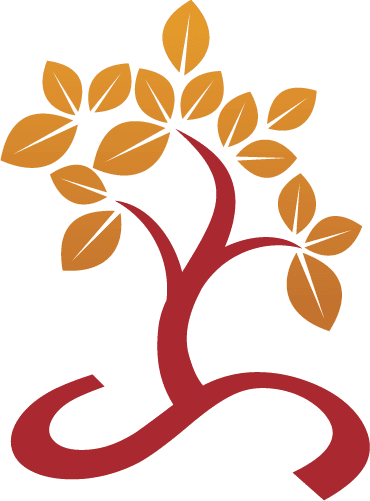Excerpt Transcripted from Dr. Rhonda Bohs “Grant Writing For Sustainability” Training
“More and more now, as grants are coming out from the feds, and this has happened during the pandemic when there’s been a much larger focus on health equity – most federal if not all federal RFPs, if you’re looking for federal funding, will require you to discuss your latest community needs assessment that’s been done in your catchment area.
Sometimes these are done by health foundations. Sometimes they’re done by hospital systems or county health departments. These community needs assessments now are getting into more of the social determinants of health as well as demographic and health indicators for the community.
You’re going to need to make a case as to, first, what is your catchment area? How many people live there? What do the demographics look like? Also, what needs has the community expressed that they need to be able to receive health care? Is transportation a huge issue? People can’t get to places. Is access to the internet a huge issue? Is food insecurity (an issue)? Safety in communities?
Whatever the community members are saying in these needs assessments needs to be incorporated into what you are planning to do because these grants are asking you to respond to a community need.
It’s not enough to say “We’ve got three times the overdoses in New York as the rest of the country.” You need to drill down into “Why is that happening?” Is it because of people that are unhoused and so aren’t responding to outreach? Is it because of transportation issues so they can’t make it to the clinic for their medication appointments for MAT? What is causing these things to happen? Not just that “We need more clinics to do MAT,” or “We need more outreach,” but what specific actions will respond to these community system needs and gaps?
Once you have a community needs assessment, and now some grants are even requiring that you do your own community needs assessment as part of the grant, we’re leaving the time of when it used to be that if you were a non-profit (in particular) provider, that you would say “Yes, we’ve got this incidence rates of people using drugs or alcohol and so we’re going to – We’re a clinic that provides those services, we’re going to use these evidence based practices, serve this many people, and that will reduce the incidents.” No. That’s not enough.
Now we’ve got to be able to demonstrate how your services integrate with what the community needs are. Once you have an idea of what the community needs are and what folks have identified, then you compare that data to what your own data is showing.
I would say, look at the demographics of the people that you served, the demographics of the people your clinic or your agency generally provides services to, what your populations of focus are, and see where the similarities are between the community needs assessment and what you’re currently doing in your agency.
It may be that you want to add a new intervention, a new outreach type, a new population of focus based on community needs assessment that needs to be reached. That’s great, and then you can use your own data to support the need for your expansion in that area. Your awareness of your data and your needs for funding – what you’re looking to replace or sustain aligned with the needs of the community – will present a nice case for your services that you’re going to be proposing with a primary eye toward filling financial gaps that you’re currently losing money in providing, but yet are necessary to sustain the intervention, and then, tying it all back to your agency strategic goals of areas you want to focus in.”
Excerpted from Dr. Rhonda Bohs “Grant Writing For Sustainability” Training
08:40 Community Needs Assessment and Service Gaps – Use Cases
#communityneedsassessment #servicegaps #behavioralcare #accesstocare #agencytransformation #grantwriting #sustainability

